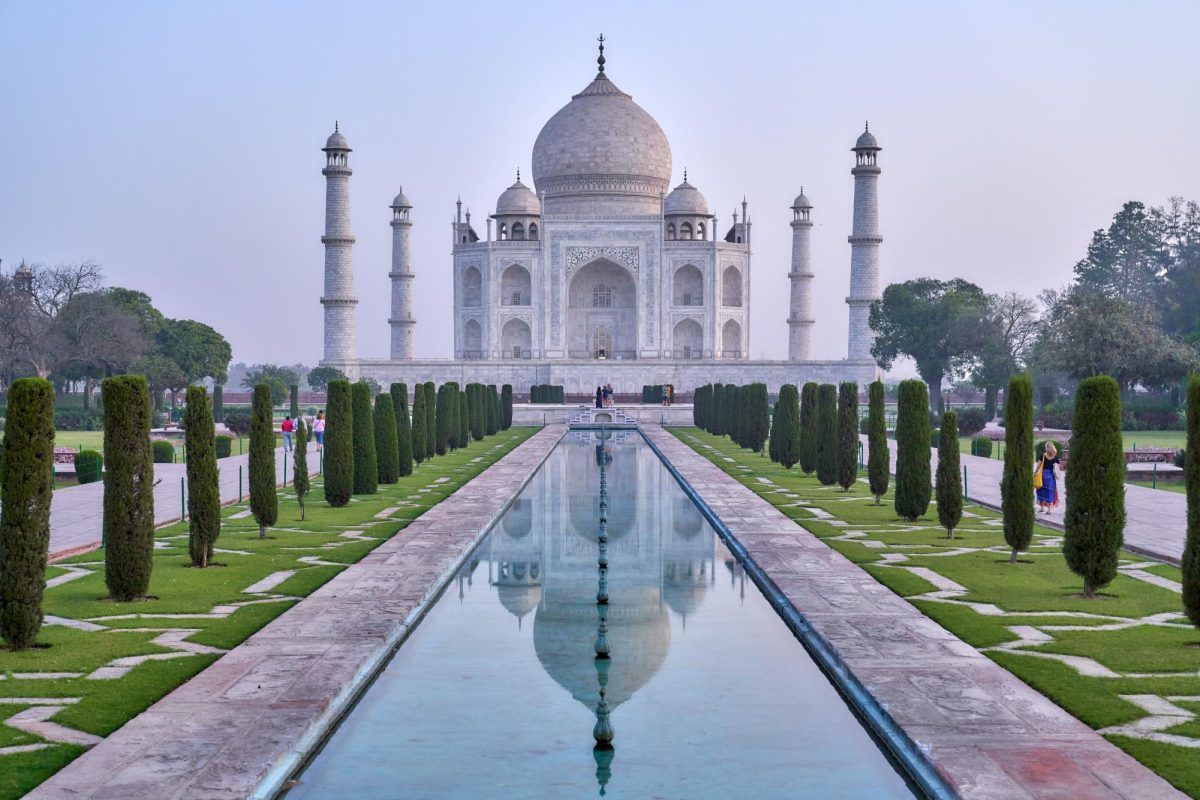India is becoming a major player on the global stage as it recently launched an unmanned mission to the moon’s south pole and successfully landed the lander known as Chandrayaan-3. According to Sankaran Muthusamy, the director of U. R. Rao Satellite Center (URSC), “We now have a tremendous responsibility to inspire India and the world at levels no less than this landing.”
What does this mean for India and their perceived bid to be a regional and potential global Hegemon? Well, it would seem it means that they view themselves as a scientific juggernaut that is poised to lead the world into the great unknown; however, it does not end there. Recently, India hosted a G20 summit in New Delhi.
The New York Times states India’s Prime Minister, Narendra Modi, “…is using the economic-focused meeting to showcase the promise and potential of a juggernaut Indian economy.”
India seems to not only view itself as a trailblazer in the scientific realm but also an up-and-coming economy that is set to rival much of the world. After the challenges of the COVID-19 pandemic, India emerged in 2022 with one of the fastest growing economies in the world.
Hence, it makes sense that India would have this much confidence in itself as previously mentioned they certainly have the technological capabilities to rival much of the world, but it is also apparent they have the population in order to achieve this as they now have the largest population in the world after recently overtaking China.
India still has skeletons in the closet. With high rates of malnutrition (35.5 percent) in children under the age of five and even higher rates (67 percent) in children aged 6 months to 5 years. Moreover, while India has reduced unemployment, there is growing concern about the quality of available jobs, wage increase and the low numbers of women in the workforce. Nonetheless, the past 20 years have seen India drastically reduce poverty and grow its economy.
Mark Hansen ‘25, a political science and history major at John Carroll, told The Carroll News, “I just think it’s India trying to prove itself a major world power and has ambition and is willing to take a risk. Because of these moves, I see them as an important ally and think the US and India should cooperate with one another. This could be a good base and hopefully secure them as an ally over a showdown in Taiwan.” Mark highlights the implications an Indian reach at hegemony could have on stability in the region but we cannot ignore their issues with internal stability.
However, these facts do call into question India’s internal hegemony as recently they have had internal religious conflicts as well as many questions being raised from the global community surrounding their democracy. For example, prior to the G20 summit being held “deadly religious violence had erupted in the Nuh district, the site of the resort. The internet was shut down and thousands of troops were rushed in.
Clashes quickly spread to the gates of Gurugram, a tech start-up hub just outside New Delhi that India bills as a “city of the future.” This violence and civil unrest may suggest that the nation may not be ready to take on the responsibilities of a leader or hegemon on the world stage.
Yet, the questions surrounding India’s democracy still exist. “Challenged on his record on human rights and religious freedom, Mr. Modi insisted that democracy is ‘in India’s DNA’ and denied that his government has fostered prejudice.” The question still remains if India truly is unified enough to lead the world if the time arises.


